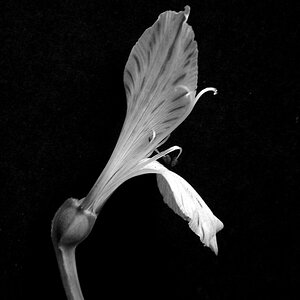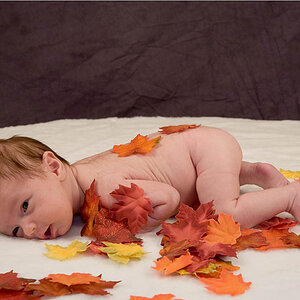70to210mmf4
TPF Noob!
- Joined
- Jun 27, 2019
- Messages
- 53
- Reaction score
- 3
- Can others edit my Photos
- Photos NOT OK to edit
The last roll of film I shot came back from the lab badly underexposed. It's the first time the light meter in the camera has failed me. I read about the sunny 16 rule and thought I would try it out on my digital camera in the same location to see what's going on. I set the camera to the same ISO and used the sunny 16 rule for the other settings and it's still very underexposed with these settings.
It was a bright sunny day (as you can see in this picture by the shadows in the grass) and I used ISO 200 at f/16 and shutter speed 1/200. Does anyone have a suggestion as to why it's so underexposed?

It was a bright sunny day (as you can see in this picture by the shadows in the grass) and I used ISO 200 at f/16 and shutter speed 1/200. Does anyone have a suggestion as to why it's so underexposed?


![[No title]](/data/xfmg/thumbnail/36/36398-33d875428a7eefdf5b31188ec0f555a5.jpg?1619737551)



![[No title]](/data/xfmg/thumbnail/36/36396-f8e84def7352af726df923054b86284f.jpg?1619737549)



![[No title]](/data/xfmg/thumbnail/30/30889-6a35eb14fac2d7d837d49a6a1757d874.jpg?1619734500)


